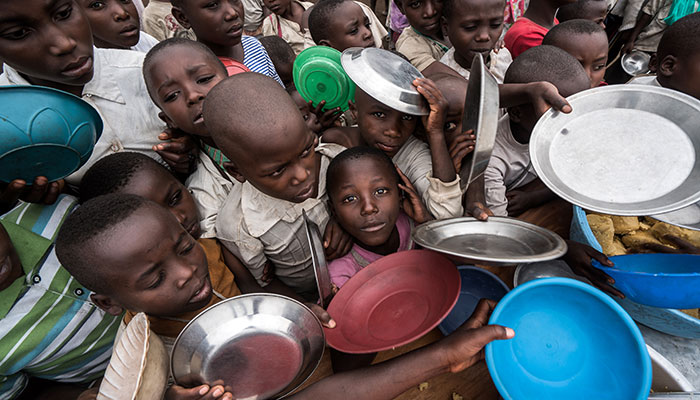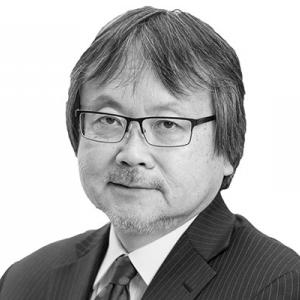
Nearly 1.1 billion fewer people live in extreme poverty – below US$1.90 a day – compared with 1990. But in the poorest developing countries, 31% of the population still lived below the extreme poverty line in 2015 – the most recent year with data available.
And World Bank projections of global economic growth show an alarming picture for these countries – extreme poverty rates may stay as high as 24%, equivalent to more than 500 million people.
But the world’s development challenges are not just about income poverty. Just three in five people in the poorest countries have access to electricity. Only two in three have access to basic drinking water services.
Less than half have access to basic sanitation, and one in five are malnourished, a rate that has not decreased over the past 10 years. Add in climate change, pandemics, conflict and displacement, and it becomes clear that future progress requires urgent and sustained collective action.
Since 1960, the International Development Association has been one of the largest, most effective platforms fighting extreme poverty. IDA is the concessional lending arm of the World Bank Group and provides development finance and support to the world’s poorest countries.
It mobilises public finance from donor governments to reduce poverty and promote economic opportunities. Since its inception, IDA has provided US$375bn for investments in 113 countries. In the past fiscal year alone, it committed nearly US$22bn for the countries it works with.
'Since 1960, the International Development Association has been one of the largest, most effective platforms fighting extreme poverty. IDA is the concessional lending arm of the World Bank Group and provides development finance and support to the world’s poorest countries.'
IDA remains an effective channel for donor countries to multiply the impact of their official development assistance. It mobilises additional resources by blending donor contributions with equity and funds raised on capital markets, unlocking US$3 of development financing for every US$1 from donor countries.
A key objective is to help countries foster economic growth to support quality jobs and make investments that support a thriving private sector.
In the Republic of the Congo, more than 360,000 farmers and livestock producers have benefited over the past decade from IDA investments in agricultural productivity and improved market access, which has helped to double the yields of several food crops. Additional funding over the next five years aims to support another 500,000 farmers and agricultural entrepreneurs.
There is mounting evidence that, unless countries strengthen their human capital, they cannot sustain economic growth, will not have a workforce prepared for the more highly skilled jobs of the future and will not compete effectively in the global economy.
This is why IDA also supports countries in investing in human capital – the health, education and skills of their women, men and children, including those who live with disabilities.
In Senegal in the early 2000s, malnutrition and stunting was prevalent in 30% of the country’s children under the age of five. IDA and its partners worked with the country to shift its strategic approach to public nutrition, which has helped lower the stunting prevalence to 19%.
IDA is also scaling up support for countries affected by fragility, conflict and violence, remaining engaged even when they are facing ongoing conflict and complementing the work of humanitarian and security actors, including the United Nations. In 2019, IDA is working with its partners on new ways to apply its expertise and use its financing to build strong, inclusive economies and achieve successful country outcomes.
With the strong support of its members and partners, IDA will remain one of the most effective ways to deliver solutions to the most pressing development challenges.




















